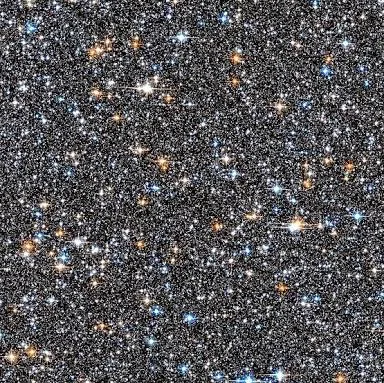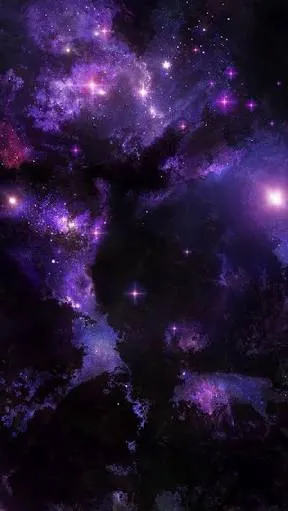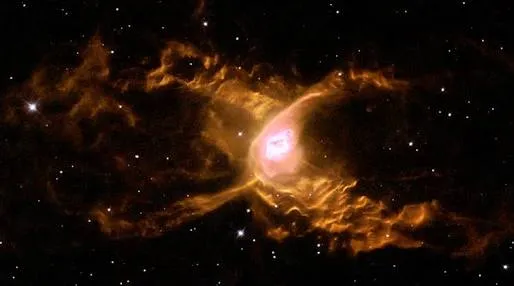What are those burning questions about the cosmos that still baffle astronomers today?

No, this is not a rare digestive disorder. The bubbles are massive, mysterious structures that emanate from the Milky Ways center and extend roughly 20,000 light-years above and below the galactic plane. The strange phenomenon, first discovered in 2010, is made up of super-high-energy gamma-ray and X-ray emissions, invisible to the naked eye. Scientists have hypothesized that the gamma rays might be shock waves from stars being consumed by the massive black hole at the center of the galaxy.

“Look, up in the sky! It’s a…rectangle?” Earlier this year, astronomers spotted a celestial body, roughly 70 million light-years away, with an appearance that is unique in the visible universe: The galaxy LEDA 074886 is shaped more or less like a rectangle. While most galaxies are shaped like discs, three-dimensional ellipses or irregular blobs, this one seems to have a regular rectangle or diamond-shaped appearance. Some have speculated that the shape results from the collision of two spiral-shaped galaxies, but no one knows for now.

One of the moon’s greatest mysteries—why only some parts of the crust seem to have a magnetic field—has intrigued astronomers for decades, even inspiring the buried mythical “monolith” in the novel and film 2001: A Space Odyssey. But some scientists finally think they may have an explanation. After using a computer model to analyze the moon’s crust, researchers believe the magnetism may be a relic of a 120-mile-wide asteroid that collided with the moon’s southern pole about 4.5 billion years ago, scattering magnetic material. Others, though, believe the magnetic field may be related to other smaller, more recent impacts.

Pulsars are distant, rapidly spinning neutron stars that emit a beam of electromagnetic radiation at regular intervals, like a rotating lighthouse beam sweeping over a shoreline. Although the first one was discovered in 1967, scientists have for decades struggled to understand what causes these stars to pulse—and, for that matter, what causes pulsars to occasionally stop pulsing. In 2008, though, when one pulsar suddenly shut off for 580 days, scientists’ observations allowed them to determine that the “on” and “off” periods are somehow related to magnetic currents slowing down the stars’ spin. Astronomers are still at work trying to understand why these magnetic currents fluctuate in the first place.
Astrophysicists are currently trying to observe the effects of dark energy, which accounts for some 70 percent of the universe. But it's not the only dark stuff in the cosmos: roughly 25 percent of it is made up of an entirely separate material called dark matter. Completely invisible to telescopes and the human eye, it neither emits nor absorbs visible light (or any form of electromagnetic radiation), but its gravitational effect is evident in the motions of galaxy clusters and individual stars. Although dark matter has proven extremely difficult to study, many scientists speculate that it might be composed of subatomic particles that are fundamentally different from those that create the matter we see around us.
From end to end, the newly discovered gamma-ray bubbles extend 50,000 light-years, or roughly half of the Milky Way's diameter, as shown in this illustration. (NASA's Goddard Space Flight Center)
Galactic Recycling

In recent years, astronomers have noticed that galaxies form new stars at a rate that would seem to consume more matter than they actually have inside them. The Milky Way, for example, appears to turn about one sun’s worth of dust and gas into new stars every year, but it doesn’t have enough spare matter to keep this up long-term. A new study of distant galaxies might provide the answer: Astronomers noticed gas that had been expelled by the galaxies flowing back in to the center. If the galaxies recycle this gas to produce new stars, it might be a piece of the puzzle in solving the question of the missing raw matter.
Where Is All the Lithium?
Models of the Big Bang indicate that the element lithium should be abundant throughout the universe. The mystery, in this case, is pretty straightforward: it doesn’t. Observations of ancient stars, formed from material most similar to that produced by the Big Bang, reveal amounts of lithium two to three times lower than predicted by the theoretical models. New research indicates that some of this lithium may be mixed into the center of stars, out of view of our telescopes, while theorists suggest that axions, hypothetical subatomic particles, may have absorbed protons and reduced the amount of lithium created in the period just after the Big Bang.
In 1961, astrophysicist Frank Drake devised a highly controversial equation: By multiplying together a series of terms relating to the probability of extraterrestrial life (the rate of star formation in the universe, the fraction of stars with planets, the fraction of planets 